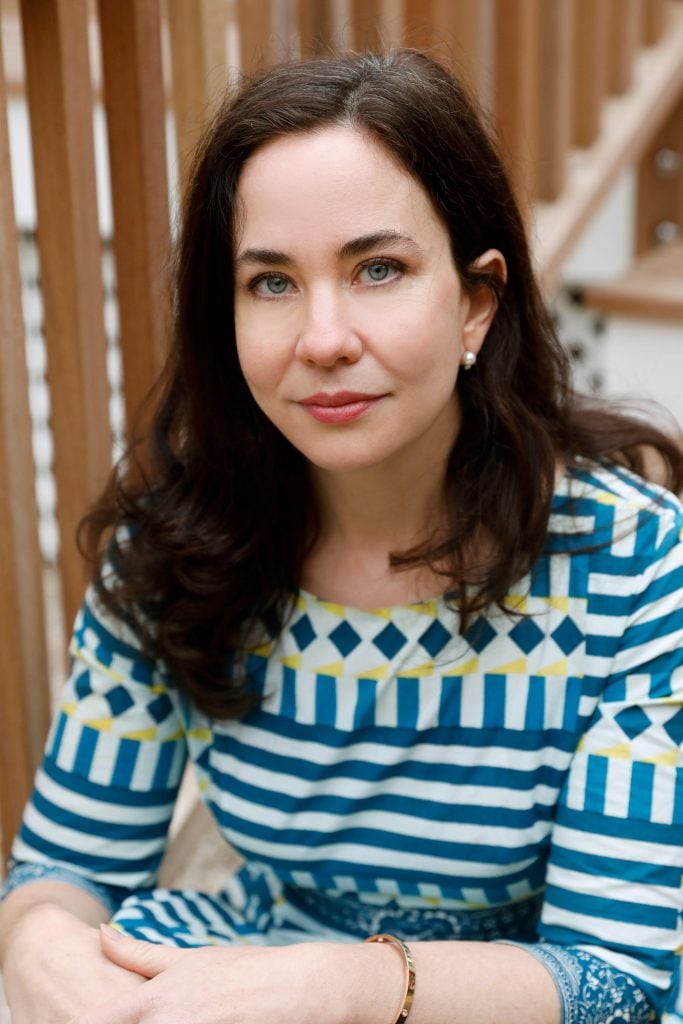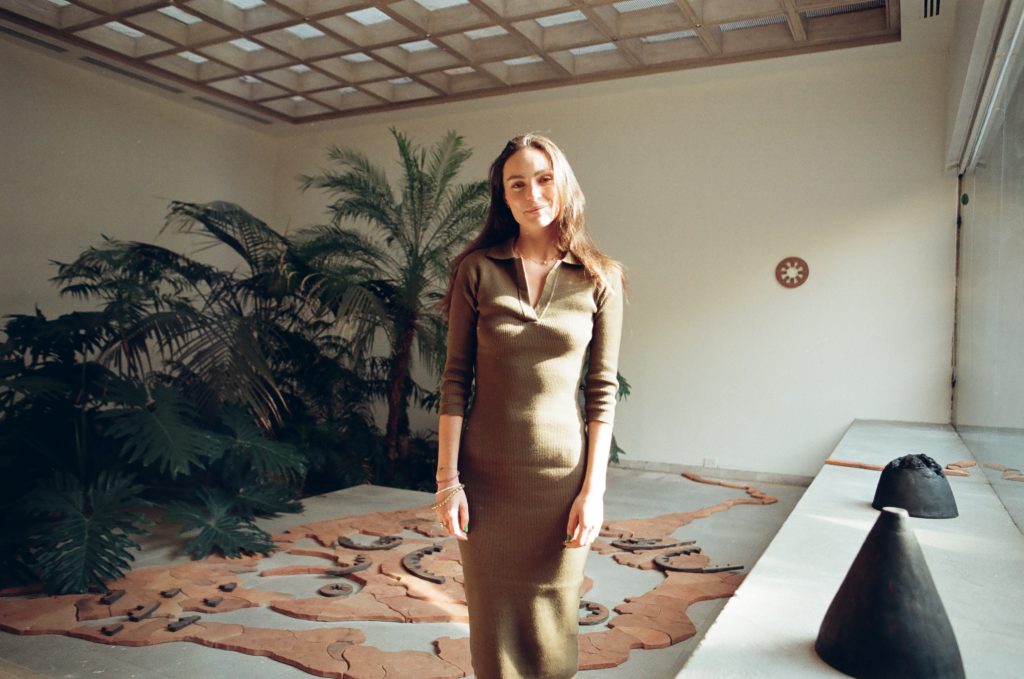Artnet News Pro
Bootstraps and Billionaires: How Upstart Dealers Finance New Galleries in a Notoriously Turbulent Industry
Most dealers rely on an odd mix of ingenuity and investors.

Most dealers rely on an odd mix of ingenuity and investors.

The air conditioning would have to wait. Allegra LaViola was only 27 years old when she leased her gallery in 2008 with an associate, paying close to $10,000 per month for an East Broadway space off the beaten path. Renovations occurred through the sweaty summer months, but installing a heating and cooling system was out of the question at nearly $30,000. Every penny counted in those days, when her initial outlay cost $100,000, a sum achieved by draining her personal savings and asking family members for contributions. And then the gallery opened—just as the global financial crisis hit, tanking the art market LaViola was hoping to conquer.
“Hindsight is 20/20,” she told Artnet News, regretful that she opened her first gallery so early in her career, when she lacked access to established buyers. “The people who were gladly spending $10,000 or $20,000 on random artworks for their homes were suddenly not interested. They disappeared and only the real collectors were left, but I didn’t know about them at the time.”
Six years later, that venture had died, but LaViola has since started a new gallery in the space, Sargent’s Daughters, which is focused on emerging artists. Keeping the doors open has still been difficult, so in 2018, she started sharing the space with dealer Scott Ogden. “Rent costs were burying me,” she said. “I would have great shows where everything would sell, but then my money was gone because rent was due.”

Allegra LaViola.
Not all dealers have the inheritance of an heiress like Manuela Hauser or an established family gallery like David Zwirner to build upon. Most dealers have to self-finance their projects with little expectation of a payout. Banks are often reluctant to loan money to dealers because of the industry’s opaque nature and, typically, a reliance on a strong economy to thrive.
Navigating such a turbulent industry, gallery veterans and newcomers alike build their fortunes with a mix of business sense, wit, and ingenuity.
“We started out with $25,000—I don’t think you will find a story that begins like that nowadays,” said Jeff Poe, one of the founders behind Blum and Poe gallery headquartered in Los Angeles. “It was an insane struggle for five or six years.”
During those early days, the gallerist held a series of odd jobs including blacksmithing and growing marijuana in his backyard. Poe said that he was always diligent about paying artists and investing back into the business, even if he was only paying himself about $1,200 a month in salary. Money was always tight, and he and Blum would sometimes need extra cash to help fabricate artworks. In 1998, for example, they requested $17,000 from a collector to help Takashi Murakami create the figurative sculpture My Lonesome Cowboy. Poe said the work was worth about $25,000 on the primary market at the time; in 2008, an edition of it sold for $15.1 million at Sotheby’s.
“It was always about getting the first edition done,” Poe said, explaining that he has partnered on similar deals with mega-galleries like Gagosian and Pace. He added that those negotiations were sometimes difficult to navigate as a smaller gallery needing to prove itself. “You need to bring something to the table.”
Experts also say that there are few investors willing to infuse galleries with the cash that would allow them to grow at an expeditious rate. Natasha Degen, art-market studies chair at New York’s Fashion Institute of Technology, said that it’s uncommon for investors to get involved with young galleries because of a perception that they have thin margins and volatile revenues.
“There is a steep learning curve to understanding how value is generated,” she said.
When galleries do receive outside money, the investors are often silent partners and unknown to the public. For example, the dealer Mary Boone had in the 1980s at least seven investors injecting her business with a six-figure sum for a 70 percent stake, according to New York Magazine.
One example is the taxi impresario Robert Scull, who helped bankroll the Green Gallery’s promotion of Color Field painting, Pop Art, and Minimalism starting in 1961. Three years later, Scull backed out of his arrangement with the gallery because dealer Richard Bellamy had failed to turn a profit; the gallery closed soon after.
“Dealers often cultivate relationships with wealthy people passionate about art—the perfect profile for a potential investor,” explained Degen. “But even enthusiastic investors may not be willing to tolerate the volatility or unprofitability.”
Without investors, a new crop of galleries have opened their doors by relying on a mix of personal savings and crowdfunding to get the job done.
Upsetting the traditional gallery model has become a trend in recent years, with some dealers closing their brick-and-mortar spaces, creating pop-up exhibitions, or having an exclusively online presence. Many young dealers feel like changing the gallery model is needed to survive in an art world where small and midsize businesses are getting squeezed out.

Elisabeth Johs. Photo: Alberto Newton.
That was the case earlier this year when Elisabeth Johs took an enormous leap of faith. She relocated to Mexico City after pandemic immigration rules prevented the 27-year-old Danish dealer from reentering the United States, where she helped found the New York gallery Trotter and Sholler in 2019. Her original plan was to open a gallery in Mexico City with her boyfriend until the restrictions were lifted. When he failed to show, she was at a loss.
“I had a talk with God,” Johs said. “Should I still do this?”
Johs pursued the project alone, renting a space near Chapultepec Park that would serve as both her residence and gallery. She is also temporarily renting out rooms to offset the space’s $8,000 monthly rent.
“I’ve used all my savings,” said Johs, who spent her first months trying to network with local artists and gallerists. Dealers like Hilario Galguera and Enrique Guerrero have given her some works on consignment. Others have ignored her outreach, perhaps because she is new to town.
But the dealer is ready to prove herself and, like so many other gallerists, is accustomed to bouncing back after rejections. “You have to be okay with sometimes getting the door closed on your face.”